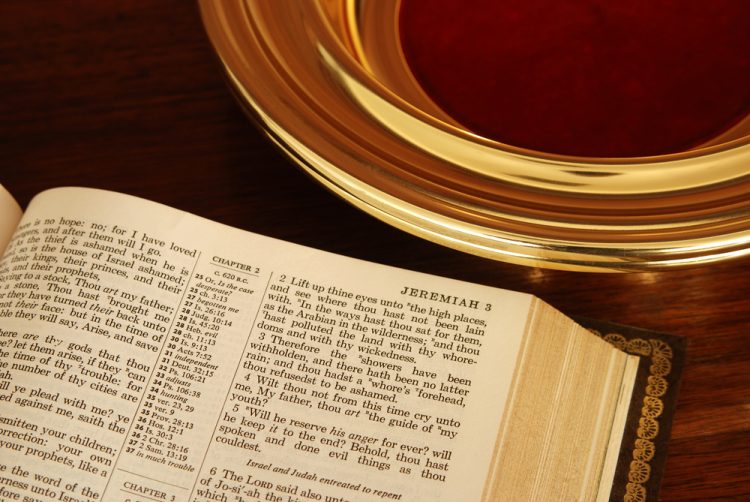The centuries-old ritual of passing round the church collection plate is going digital with plans by the Church of England to use the “tap and go” contactless payment system for donations.
Starting this summer, around 40 churches will be equipped with handheld terminals to process card payments — up to the value of £30 — with a view to offering the system to every diocese next year.
John Preston, national stewardship officer at the Church of England, said: “We’re aware that younger generations — and there are many people now who don’t carry cash — want to give in different ways. Enabling them to give in a way that suits them is something we’d like to try.”
Contactless use has rocketed in the past three years, as retailers, transport providers and consumers have embraced the payment system launched in 2007. Last year £25bn was spent using contactless, according to the UK Cards Association — more than twice the £11bn spent in the previous eight years combined.
As a result, people are carrying less cash, according to research by the Charities Aid Foundation. It found that of the two-thirds of adults who have contactless cards, more than a third carry less cash.
The Church trial will test the practicalities of various methods of use, from offering the card reader as an option alongside the collection plate to installing a terminal at the back of the church as a “retiring collection”. To save time, parishioners are likely to be asked to choose between three common donation amounts, though they can give more by selecting “other” and tapping in an amount.
The Church hopes it will boost collections from a particular group that often fails to give: those coming to a wedding or christening who attend services so seldom that they forget to bring any cash for the moment the collection plate arrives.
One potential hitch is the beautiful but impractical architecture of Britain’s Christian places of worship: ancient churches with thick stone walls are poor locations for the signals required for the system to work. Rural churches will in any case be unable to participate if they lie outside the zone of mobile coverage.
Gift Aid, a vital element of church income, is another complication. But since April 6, contactless payments have been included in a small donations scheme that exempts churches and charities from having to provide individuals’ Gift Aid details for sums below £20.
“That’s one of the real attractions of contactless — it’s quick and the church can claim the Gift Aid equivalent on top without people having to fill out a form,” Mr Preston said.
Individual churches can already use smartphone apps such as Church Suite or Lepton to allow people to make donations on a one-off or regular basis. There is nothing to stop churches setting up their own contactless systems for donations, but in practice they are put off by transaction fees or monthly terminal rental costs that eat into gift income. The Church authorities aim to use the institution’s critical mass to bring these down.
“We need to ensure that we negotiate the best possible deal with a terminal provider,” said Mr Preston, adding that a transaction fee of no more than 2 per cent was being considered.
Due to start in the next month or two, the trial will run to the end of the year, to include Harvest festival and Christmas, two “box office” moments of the ecclesiastical calendar that will allow the system to be tested on bigger congregations as well as irregular churchgoers. “We can see how it resonates with people,” said Mr Preston.


